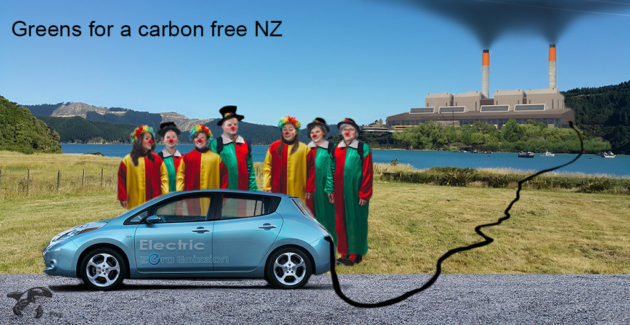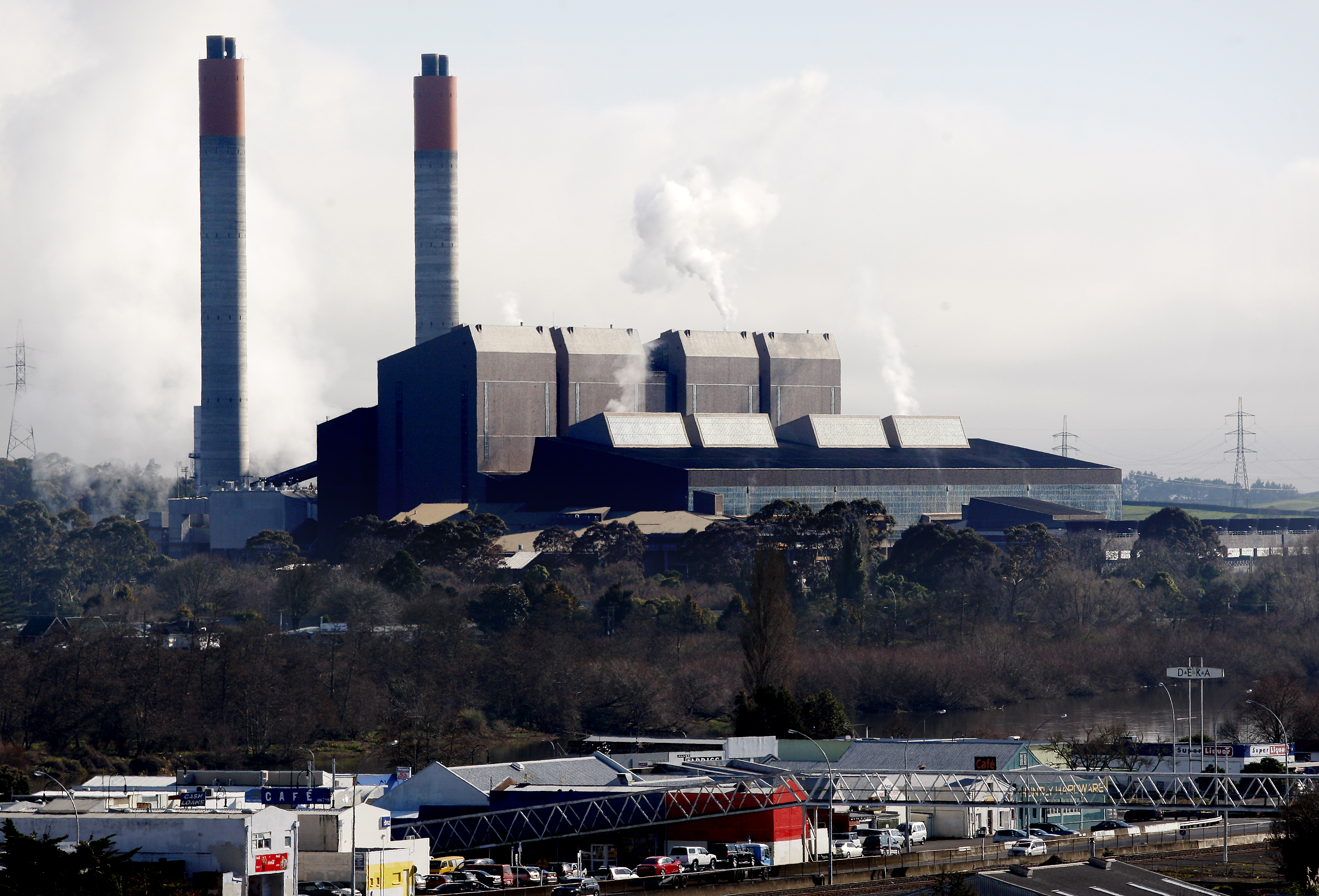An opinion piece in Stuff fails to grasp what will happen if the government actually succeeds in creating long-term behavioural changes in the car market by penalising normal vehicles and subsidising electric vehicles.
[…] That encouragement will likely motivate importers and car companies to focus on bringing in more electric vehicles and widen the range.
As Motor Industry Association chief executive David Crawford pointed out, “it changes the attitude of what people buy and, as that demand changes, the stock level changes”.
There are plenty of Nissan Leafs in the country. A Government proposal might help offer more choice for Kiwi drivers.
Critics have lamented the Government’s lack of boldness. They complain that the emissions-based fees should apply to all vehicle sales, not just new cars and imports.
But they appear to have missed the point on the long-term behavioural change the Government is trying to create. And the practicalities at play in this country.
Speaking of practicalities, neither Julie Anne Genter nor the Stuff editorial writers have yet worked out that if people actually embrace their subsidy for EV cars in huge numbers then there won’t be enough gas guzzlers around to fund their folly and that will be well before the power outages start as a result of the policy.
There will not be enough electricity for all these new cars plugged into our power grid. In order to meet the demand New Zealand will need several new dams, which the RMA makes almost impossible to build. Even if the new dams were built it is likely that we would be faced with having to close down the Tiwai Point aluminium smelter to provide the extra energy needed. Then, of course, there is the near certainty that the Cook Strait cable wouldn’t be able to cope with the extra power required in the North Island for all the new EVs owned by old boy and leafy suburban liberal elite wankers.
[…] California’s state government, under then governor Arnold Schwarzenegger, was able to strongarm change by enacting stringent emissions laws. The state’s large population and clout practically forced car manufacturers to design more efficient models.
Stuff
New Zealand doesn’t have Schwarzenegger’s muscle. Or people power. We have one of the Western world’s oldest car fleets, and a large number of consumers unable to buy a good-quality secondhand car, let alone a new one.
Better to start at the entry point to our market, with those cars eventually becoming available for other buyers as they move down and through the national fleet.
Hopefully that will include choice as well, and more options than the aesthetically challenged Leaf and Prius. And, as the technology improves, trucks, utes and other commercial vehicles can be included.
However, all of this is largely academic without a serious investment in infrastructure, by the Government, industry or both.
Charging stations remain an urban novelty, and are even rarer between some of the country’s cities and towns.
That is an important next step, especially if the Government hopes to have its feebate running by 2021.
We can’t afford another long wait for progress.
More to the point, we can’t afford that kind of “progress”. Forcing car manufacturers to produce more efficient models and creating more charging stations won’t fix the elephant in the room. Where is all this extra electricity going to come from?


